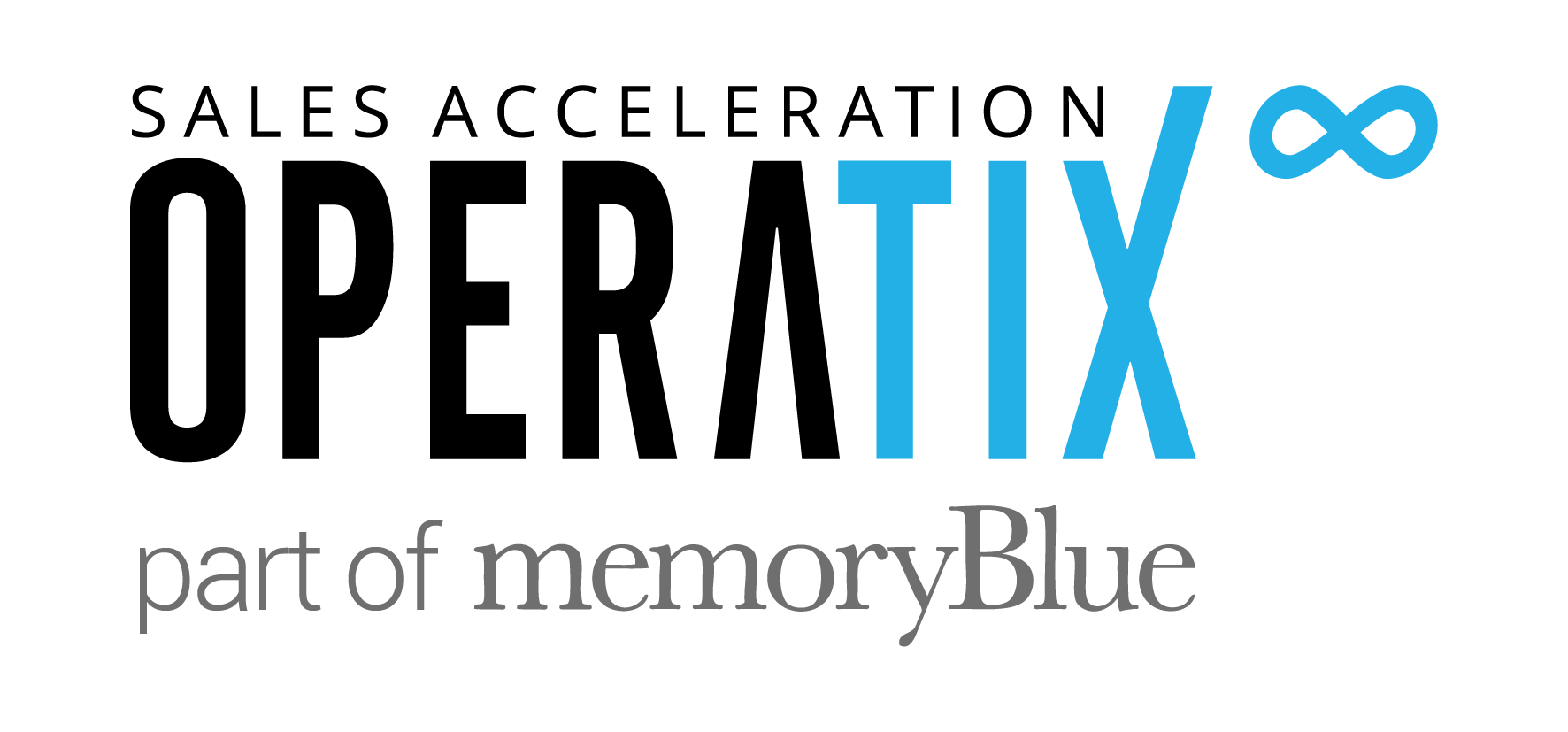In this day and age, it’s almost impossible to successfully scale and grow your business without the help of outside partnerships. That’s why a hybrid sales development team might be your best bet.
Elaine Chan, former Sr. Director of Inside Sales at Illumio, joins the show to share how outsourced SDRs infuse your internal sales development team with a useful diversity of knowledge and skill.
We discuss what it means to have a hybrid team, the advantages and challenges of hybrid models versus employing an internal team, and the most effective usages of a hybrid model.


The more diversity that you bring into your inside sales programs, the more scale that you can develop for success.
Elaine Chan – former Sr. Director of Inside Sales at Illumio
What is a Hybrid SDR Team
A hybrid SDR team allows you to use the knowledge and expertise of your existing full-time inside sales team and couples that with the knowledge and expertise of outsourced SDRs.
“One thing I’ve learned in the span of my career is things are always changing,” says Elaine.
That is especially true in the tech industry. Consequently, it’s vitally important that your organization is able to quickly evolve sales tactics and adjust messaging to keep up as the market changes.
Leveraging partnerships is key to gaining that flexibility.
“The more feet on the street and the more knowledge you have from different pockets of expertise, the better you can navigate, grow, change, and evolve,” Elaine says.
The Evolution of Third-Party Agencies
Earlier in Elaine’s career, usage of third-party agencies wasn’t as prevalent.
“The only service that you could leverage from a hybrid perspective was using a third party to get appointments and just get in the door,” Elaine says.
But times have changed.
“What I have seen evolve over time is really specialization that allows you to leverage third parties beyond just appointment setting, you can almost use their best practices to expand your existing infrastructure to get more reach and get more scale,” she says.
Internal Sales Development Team vs. Outsourced SDRs
Each model has its own pros and cons. Let’s look at each of them.
Internal Sales Development Team
One advantage to an internal sales development team is you can build a team that is interlocked with company success. You can cultivate a team of people that are excited to join a tech startup and who are willing to pour their heart and soul into the business.
But on the con side, it takes a long time to build, train, and scale an internal team like that — and sometimes you just don’t have the time.
Plus, the competition for talent can be fierce, especially if you’re located in a tech hotbed like the Bay Area.


As you’re going through the ebbs and flows of team development, having a third party be a hybrid part or an extension of that team just builds that consistency.
Elaine Chan – former Sr. Director of Inside Sales at Illumio
Hybrid Model
Leveraging an outsourced SDR team enables you to adjust quickly. This can be especially beneficial for startups that are still discovering what their longer-term scale could be. A third party also gives you the flexibility to start out with an outsourced company and slowly transitions to an internal team.
Outsourcing to third parties can also help you fill in the gaps as the team development process goes through its inevitable stages of feast and famine. It can provide your sales team some much-needed consistency. It also gives your organization an optimized pool of expertise to tap into for best practices and tactical tips.


Sometimes there’s a misconception that when you leverage a third party that you can just hire them and sort of set it and forget it, but the reality is you cannot.
Elaine Chan – former Sr. Director of Inside Sales at Illumio
Moving over to the cons, employing a hybrid approach does take work, which might take some by surprise. If you’re looking for an option that you can set and forget, this is not it.
“The care and feeding that you would typically put into an in-house team, you still need to do a lot of that,” Elaine says.
That includes training, having ongoing cadences to pass along expectations, and addressing objections as new scenarios arise.
“The challenge is really knowing and committing to providing the time and coverage to help support that agency,” she says.
The other challenge involves structure. You need to have clean lines of division labor between your internal and external teams and that takes time.
Employing a Hybrid Team
“Number one: I would focus on keeping my plan as simple as possible,” Elaine recommends.
The more complex it becomes, the hard it will be to manage.
Elaine has accrued the most bang for her buck by focusing third parties on two areas.
Breaking Into New Territories
Language specialization can be an immense barrier to entering new markets for most startups. That’s where third parties can really help.
“In my career, I have not been able to build global scale without leveraging third parties because you don’t have the cost advantage of hiring the full-time employees needed for the vast coverage of languages internationally,” Elaine says.
Breaking Into New Accounts
If you’re having trouble breaking into particular accounts, it will likely be easier if you can leverage preexisting relationships that third parties have.
“With account-based programs, you can be smart about targeting those accounts,” Elaine says.
In the past, she has leveraged the relationships of third parties to bring in accounts that she would not have been able to bring in organically.
Final Thoughts
It takes time, coordination, and collaboration between your ops people and your inside sales development team to turn a partnership with an outsourced SDR team into a well-oiled machine. But if you invest that operational commitment, you will reap the benefits of having both an internal and external team and grow your business quicker and more effectively than ever before.
Get in touch with Elaine on LinkedIn.
To hear this interview and many more like it, subscribe to The B2B Revenue Acceleration Podcast on Apple Podcasts, on Spotify, or on our website.




